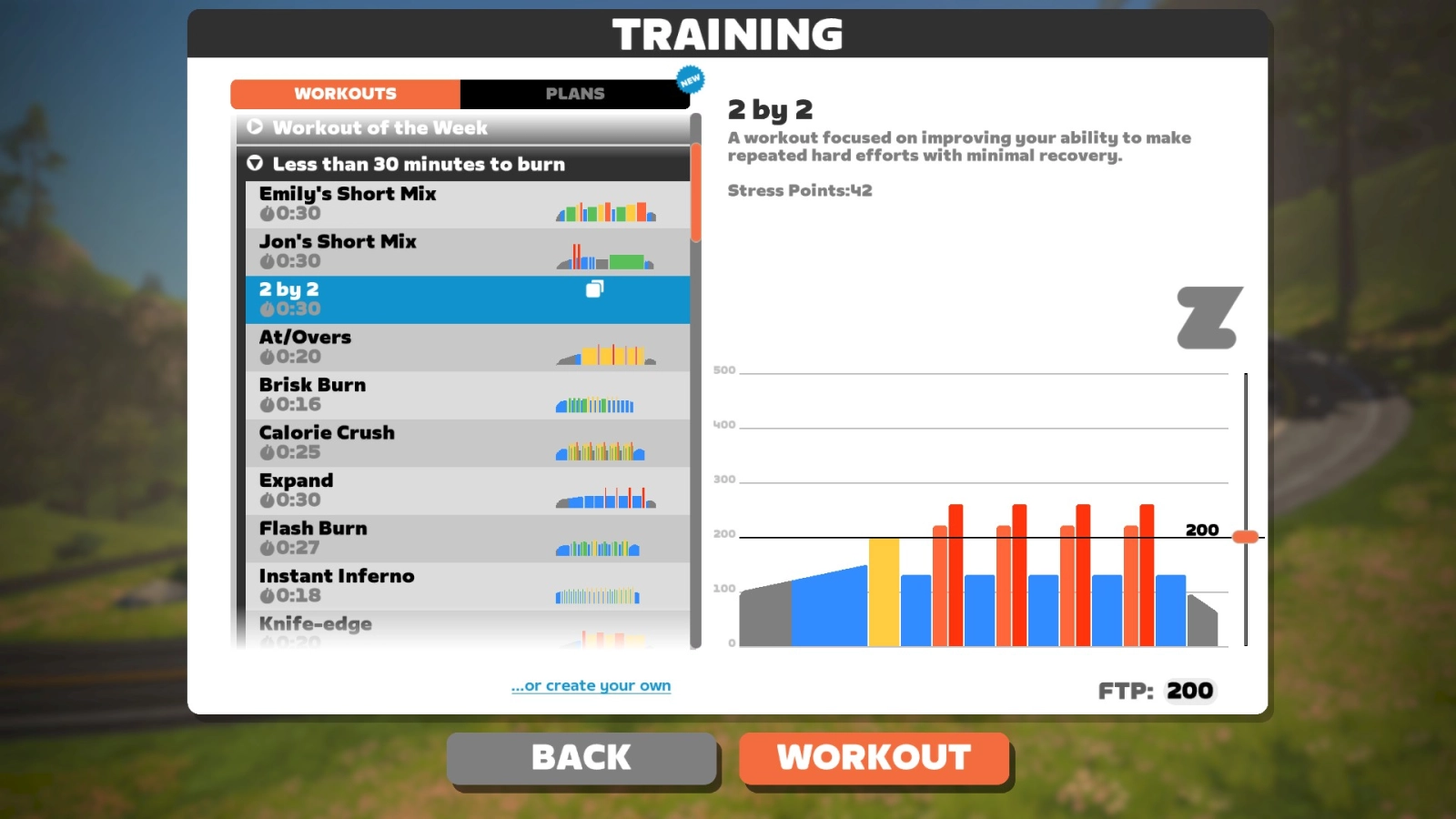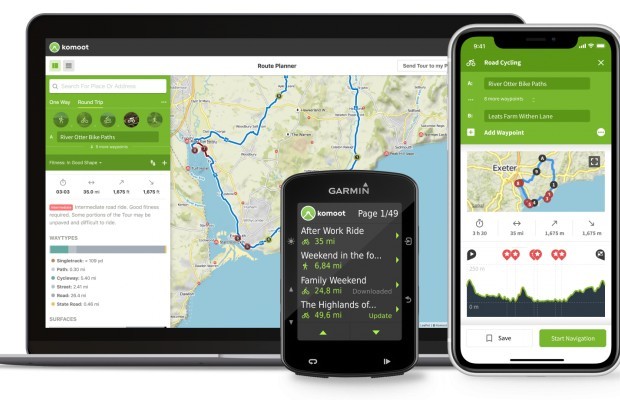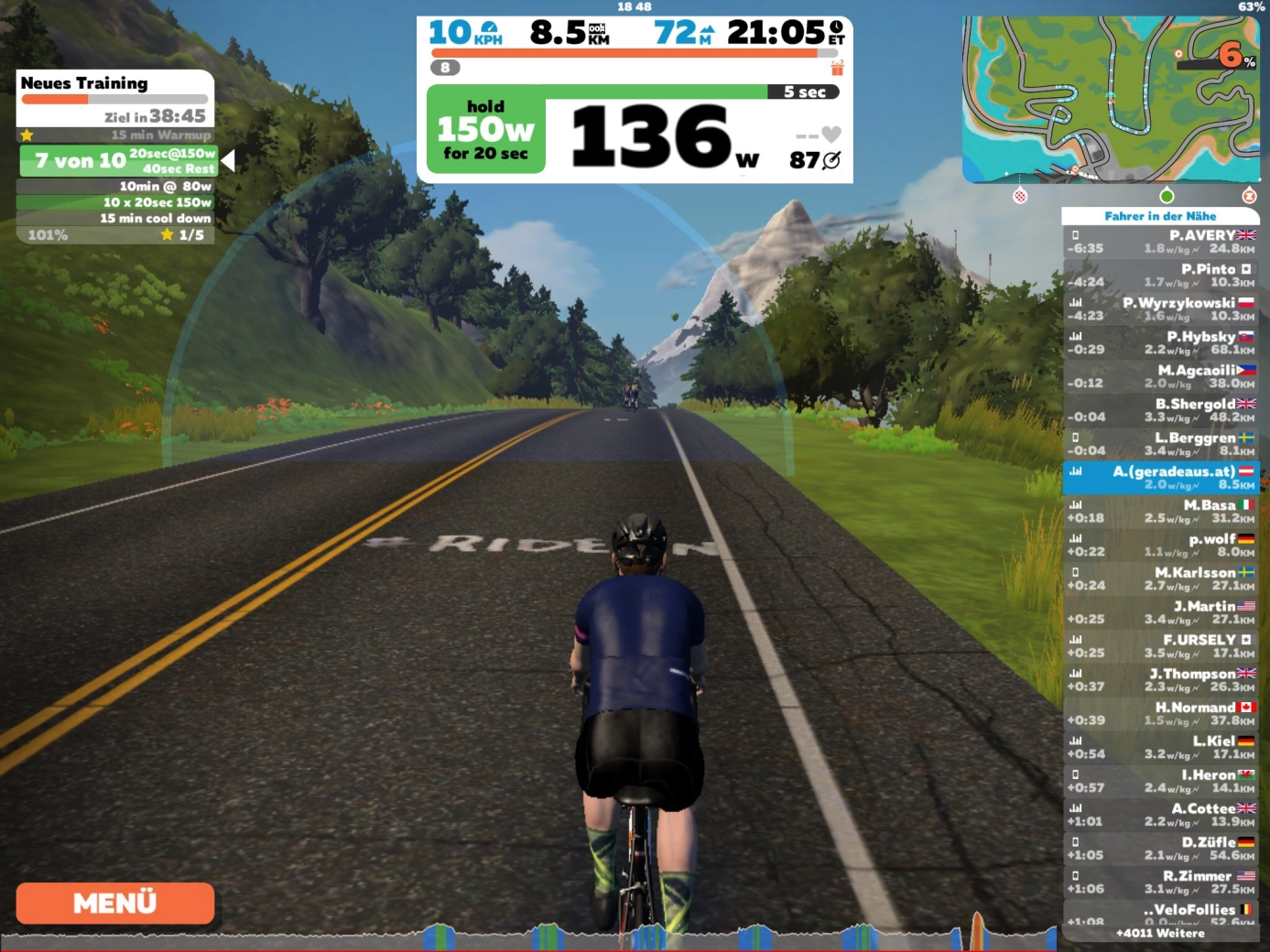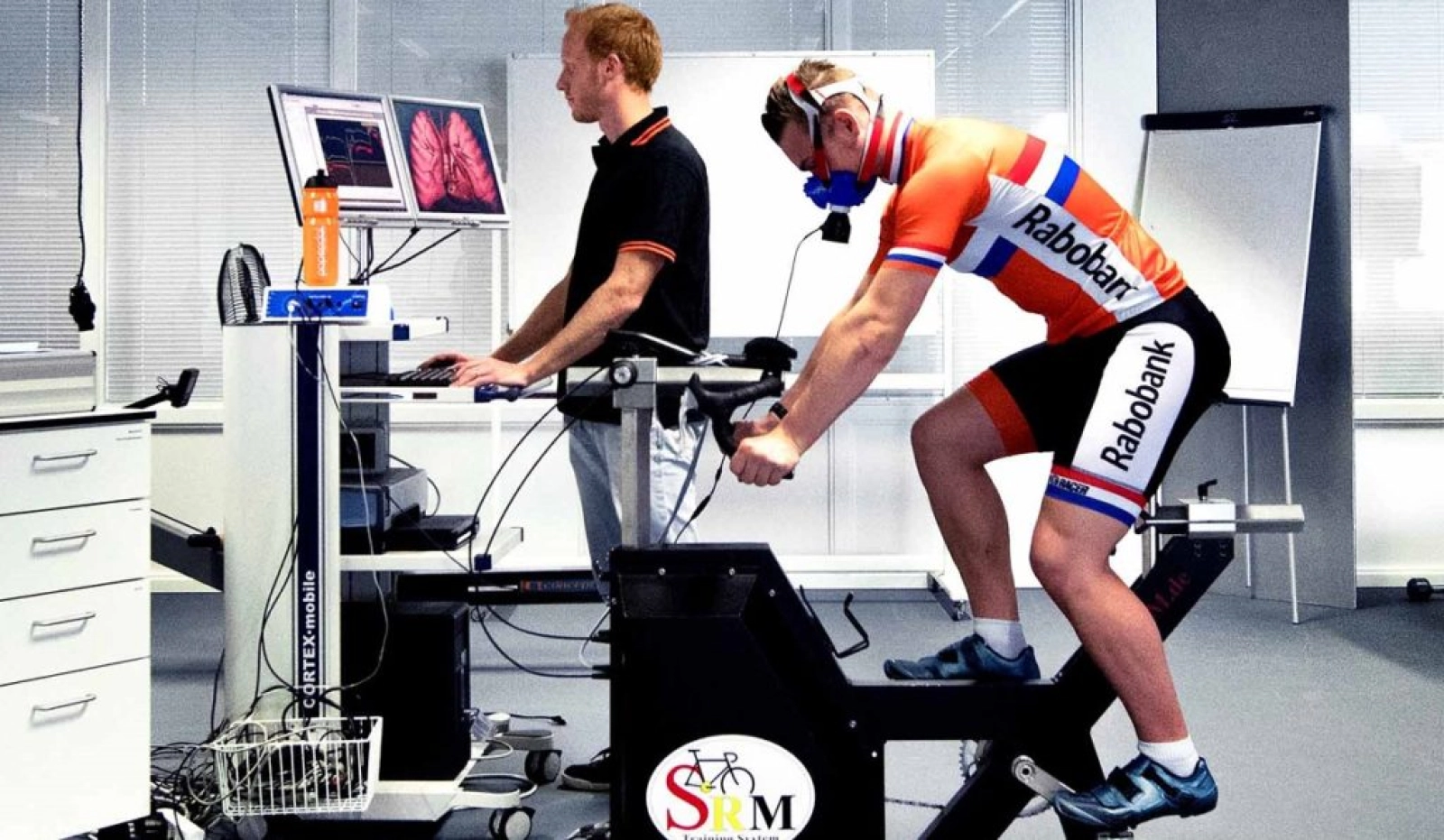What is ERG mode and what is it used for in training?
The modern interactive rollers have brought a great realism to indoor cycling thanks to their electronic resistance adjustment, which simulates terrain or the effect of drafting behind another cyclist by modifying the resistance offered by the roller accordingly. This feature has also been used to implement the ERG mode, making interval training with maximum precision a piece of cake.

Nail the watts of your intervals on the roller thanks to ERG mode
The ERG mode incorporated in current interactive rollers, an acronym for ergometer, is one of the great features of these devices. Traditionally, a cycling ergometer was a laboratory bike with a built-in system to automatically vary resistance, precisely calibrated to record the power applied by the cyclist. It is a device commonly used in incremental stress tests.
The ERG mode of the rollers aims to reproduce the functions of traditional ergometers so that a power output level can be established, and depending on the cadence at which the cyclist pedals, the resistance is set so that the watts generated are exactly as desired.
RECOMENDADO

Cyclist obsessions that only those of us who pedal understand

How many days should a cyclist rest per week?

Some reasons to stay away from the road in winter

S-Works: what does it really mean and where does Specialized's most exclusive label come from?

The best apps for cycling and mountain biking

Why wider tires in gravel are faster

Therefore, thanks to ERG mode, it is now easy to perform the classic incremental stress test without leaving home, of course, without the electrocardiogram and gas exchange measurement that laboratories have, but we can obtain a fairly accurate approximation of our thresholds by comparing how heart rates increase with the increase in load.
However, the great utility of this function is found when performing interval training, as it allows us not to worry about the watts we apply; we just need to pedal at the desired cadence, and the roller will set the resistance so that the watts we generate are those set for each interval's goal.

From a training perspective, this means that from the very first moment of each interval, we apply the appropriate watts for the entire duration, making the training precision total. However, the ERG mode does not work well with very short intervals, less than 30 seconds, due to the time it takes to adjust the resistance and the abrupt change in cadence between the rest phase and the many watts that need to be applied in these types of intervals.
Not everything is ideal in the use of ERG. While, as we said, it allows us to nail the intervals, in the real world, there are climbs and descents, and watts fluctuate. In other words, using this roller mode, the cyclist runs the risk of losing the ability to self-know and maintain a constant power on the road, not to mention in MTB where the terrain is even more variable. This is a skill we should not neglect to practice, as it allows us to be as efficient as possible and get the most out of the power meter, so we should not overuse ERG mode. Obviously, it will depend on the number of hours spent on the roller and the intervals performed. Those who do most of their work on the road will have no issues.

In any case, ERG mode is an option we have available; in fact, we can even activate and deactivate it within the same training session, so it will depend on what we need to train and our concentration level that day to decide whether to activate it or not. As we explained at the beginning, after all, it is a function designed to make our training easier so that we only have to worry about moving our legs at a more or less constant cadence.